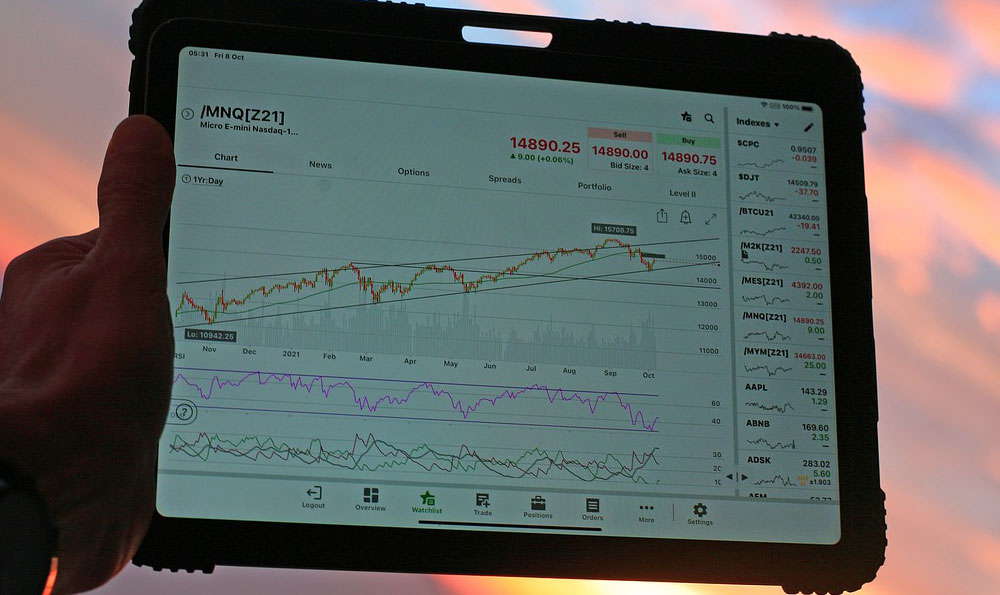Monetizing an app effectively is crucial for its long-term success and sustainability. With millions of apps vying for user attention, simply having a great idea isn't enough. You need a well-thought-out monetization strategy that aligns with your app's purpose, target audience, and overall business goals. Selecting the "best" strategy is not a one-size-fits-all answer; it depends heavily on these specific factors. However, some strategies have proven more successful than others, and understanding their nuances is paramount.
One of the most common and straightforward approaches is the freemium model. This involves offering the core functionality of your app for free, enticing users to download and engage with it. The "premium" aspect comes into play through optional in-app purchases, subscriptions, or the unlocking of advanced features. The key to a successful freemium model lies in carefully balancing the free and paid elements. The free version should be valuable enough to attract users, but the premium features must offer significant enough value to justify the cost. Games often employ this strategy, allowing users to play for free but offering boosters, cosmetic items, or faster progression through in-app purchases. Productivity apps might offer a limited number of free features, requiring a subscription to unlock full functionality, collaboration tools, or unlimited storage. The challenge is to avoid frustrating free users to the point where they abandon the app, while simultaneously incentivizing them to upgrade. Analyzing user behavior is vital here. Identify pain points within the free experience where offering a premium solution would be most appealing. A/B testing different premium offerings can further refine this approach.
Another popular method is advertising. Integrating ads into your app can generate revenue through impressions, clicks, or conversions. Several ad formats exist, including banner ads, interstitial ads (full-screen ads that appear between screens), rewarded video ads (offering in-app rewards for watching ads), and native ads (designed to blend seamlessly with the app's content). Selecting the right ad format is crucial for maintaining a positive user experience. Intrusive or irrelevant ads can quickly drive users away. Rewarded video ads are often well-received because they provide a clear value exchange: users get something in return for their attention. Banner ads, if implemented subtly, can provide a constant revenue stream without being overly disruptive. Native ads, when done well, can be almost indistinguishable from the app's regular content, making them less annoying to users. Advertising networks like Google AdMob and Facebook Audience Network provide tools and resources for managing and optimizing ad campaigns. Remember that ad revenue typically depends on factors such as ad impressions, click-through rates, and conversion rates. Therefore, it’s important to optimize your ad placement, targeting, and frequency to maximize revenue without compromising user satisfaction.

Subscription models are particularly well-suited for apps that offer ongoing value, such as streaming services, news apps, and learning platforms. Users pay a recurring fee (weekly, monthly, or annually) to access the app's content or features. The success of a subscription model hinges on providing consistent value and engaging content. Users need to feel that they are getting their money's worth. Content-driven apps should regularly update their offerings with fresh content, while service-based apps should continuously improve their features and functionality. Tiered subscription models can cater to different user needs and budgets, offering varying levels of access or features at different price points. For instance, a music streaming app might offer a basic subscription with limited features, a premium subscription with ad-free listening and offline downloads, and a family subscription with shared access for multiple users. Understanding customer churn (the rate at which subscribers cancel their subscriptions) is essential. Analyzing churn rates and reasons for cancellation can help you identify areas for improvement in your app's offering or pricing.
In-app purchases extend beyond the freemium model and can be used in various app types. This involves selling virtual goods, consumable items, or permanent upgrades within the app. In gaming, this might include buying virtual currency, power-ups, or cosmetic items. In other apps, it could involve purchasing additional filters, templates, or features. The key to successful in-app purchases is to offer items that are desirable and enhance the user experience without feeling pay-to-win or exploitative. The pricing of in-app purchases should be carefully considered, balancing affordability with profitability. Analyzing purchase patterns and user feedback can help you optimize your in-app purchase offerings.
Affiliate marketing involves partnering with other businesses to promote their products or services within your app. You earn a commission for each sale or lead generated through your affiliate links. This strategy works best when your app's target audience aligns with the affiliate partner's target audience. For example, a travel app might partner with hotels or airlines to offer exclusive deals to its users. Transparency is crucial when using affiliate marketing. Clearly disclose that you are earning a commission for promoting the product or service. This builds trust with your users and avoids any potential ethical concerns.
Finally, consider a hybrid approach that combines elements from different monetization strategies. For instance, you might offer a freemium app with in-app purchases and occasional rewarded video ads. Experimenting with different combinations can help you find the optimal balance between revenue generation and user experience. Continuous monitoring and analysis are crucial for refining your monetization strategy. Track key metrics such as user acquisition cost, conversion rates, retention rates, and average revenue per user. Use A/B testing to experiment with different pricing models, ad placements, and feature offerings. User feedback is invaluable. Regularly solicit feedback from your users to understand their preferences and pain points. By continuously iterating and optimizing your monetization strategy, you can maximize your app's revenue potential while providing a positive user experience. Remember that the most successful app monetization strategies are those that are thoughtfully designed, ethically implemented, and continuously adapted to the evolving needs of your users.











